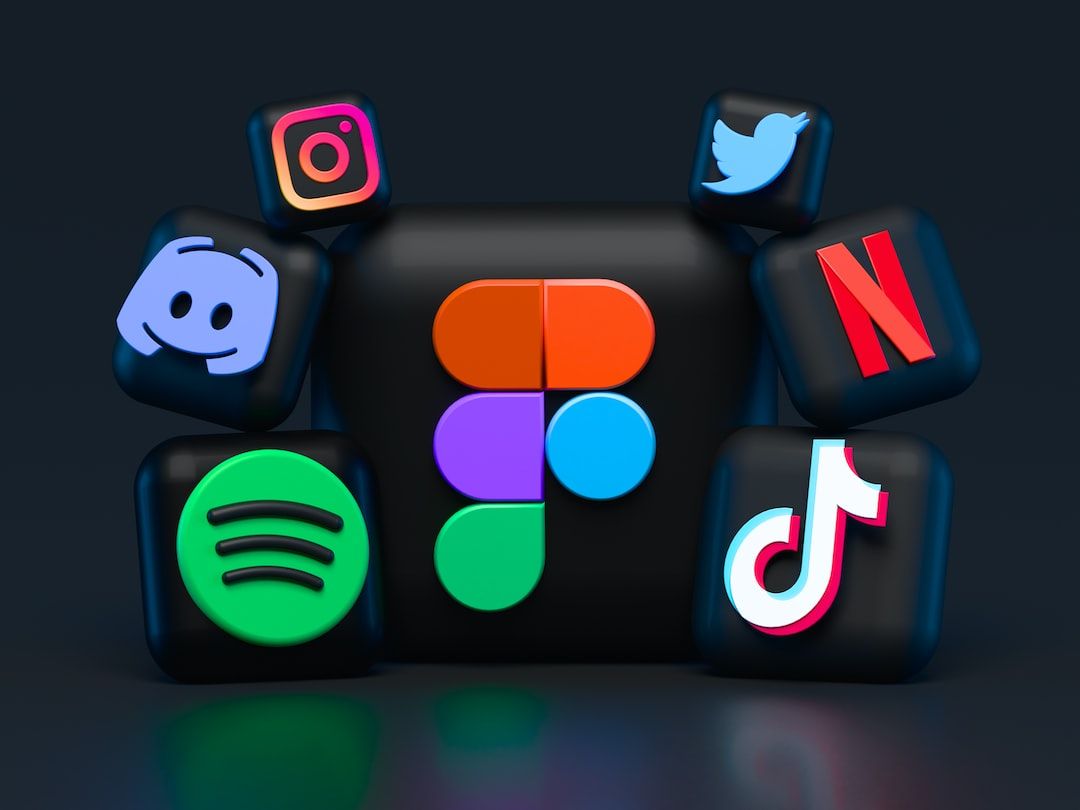
Creator Economy 2023
The Creator Economy refers to the burgeoning ecosystem where individual creators leverage digital platforms to monetize their skills, talents, and content, reaching global audiences. It encompasses a diverse range of creators, including artists, writers, influencers, and freelancers, who generate value and income through social media, content platforms, and other online avenues.
History and Evolution
Creator economy traces its roots back to the early days of the internet, which democratized content creation and distribution. The term "Creator Economy" is widely attributed to Li Jin, a venture capitalist and founder of Atelier Ventures, who has written extensively about the rise of independent content creators and their impact on the economy. She has been a prominent advocate for the recognition and development of the Creator Economy, emphasizing the importance of creators in driving innovation, content creation, and economic value.
The initial phase marked by the rise of blogging platforms and YouTube in the early 2000s allowed individuals to share their creations with the world. The subsequent proliferation of social media platforms like Instagram, TikTok, and Twitter led to the exponential growth and evolution of this economy into a multifaceted ecosystem with diverse content formats and monetization avenues. In its current state in 2023, it stands as a dynamic and integral component of the global economy, fostering innovation, diversity, and significant economic impact.
Scale of the Creator Economy
The scale of the Creator Economy is unprecedented, with millions of creators contributing to a market valued in the billions. It has fostered entrepreneurship, job creation, and the development of new business models, influencing various industries such as entertainment, education, and e-commerce. Prominent figures like MrBeast and Charli D'Amelio and entities like Patreon and Substack have significantly influenced this economy, providing tools and resources for content monetization and audience engagement, while companies like Adobe and Canva offer solutions that enhance content creation.
Business Models in the Creator Economy
1. Subscription-Based Models:
Creators often use platforms like Patreon or Substack to offer exclusive content, early access, or additional benefits to subscribers who pay a monthly fee. This model provides creators with a steady and predictable income stream, enabling them to focus on creating high-quality content.
2. Freemium Models:
In this model, creators offer basic content for free while charging for premium content or features. This approach can attract a broad audience and convert a portion of them into paying customers, as seen on platforms like Spotify and YouTube Premium.
3. Advertising and Sponsorship:
Creators can earn revenue through advertisements displayed on their content or through sponsored content partnerships with brands. Platforms like YouTube and Instagram offer ad-sharing revenue models where creators receive a percentage of the ad revenue generated from their content.
4. Crowdfunding:
Platforms like Kickstarter and Indiegogo allow creators to raise funds for specific projects or ventures from their community. This model is particularly popular among independent filmmakers, musicians, and inventors.
5. Affiliate Marketing:
Creators promote products or services and earn a commission for every sale made through their referral. This model is prevalent among bloggers, podcasters, and influencers who recommend products to their audience.
6. Digital Products and Merchandise:
Creators sell digital products such as e-books, courses, or design templates, or physical merchandise like t-shirts and posters. Websites like Gumroad and Teespring facilitate the sale of digital and physical products, respectively.
7. Licensing and Syndication:
Creators can license their content to media outlets, publishers, or other platforms for a fee or revenue share. Syndication allows creators to reach new audiences and gain additional revenue streams.
8. Creator-Led Startups and Ventures:
Some creators leverage their expertise and audience to launch their own companies or invest in startups. These creator-led ventures often focus on solving problems within the creator ecosystem or developing products and services tailored to creators.
9. Fan Engagement and Community Building:
Creators use platforms like Discord to build communities around their content and engage with their audience. Community-building enables creators to strengthen their relationship with their audience, gather feedback, and foster a sense of belonging among fans.
10. Live Streaming and Virtual Events:
Live streaming platforms like Twitch allow creators to interact with their audience in real-time and earn money through donations, subscriptions, and virtual gifts. Virtual events offer creators an opportunity to monetize through ticket sales, sponsorships, and exclusive access.
Emergence of Creator-Led Businesses
The Creator Economy has seen the rise of creator-founded startups and businesses, reflecting a shift towards entrepreneurial endeavors. These entities, driven by firsthand insights and experiences, are innovating and addressing the unique needs and challenges of the Creator Economy. They are not only contributing to its growth but are also reshaping its future trajectory through sustainable and creator-friendly solutions.
Conclusion
The Creator Economy in 2023 is a vibrant and expansive ecosystem, driven by innovation, diversity, and the entrepreneurial spirit of creators. It has evolved from its nascent stages to become a significant economic force, influencing various industries and creating new opportunities. The emergence of creator-led businesses marks a pivotal development, promising sustained growth and evolution of the Creator Economy.

Appreciate the creator